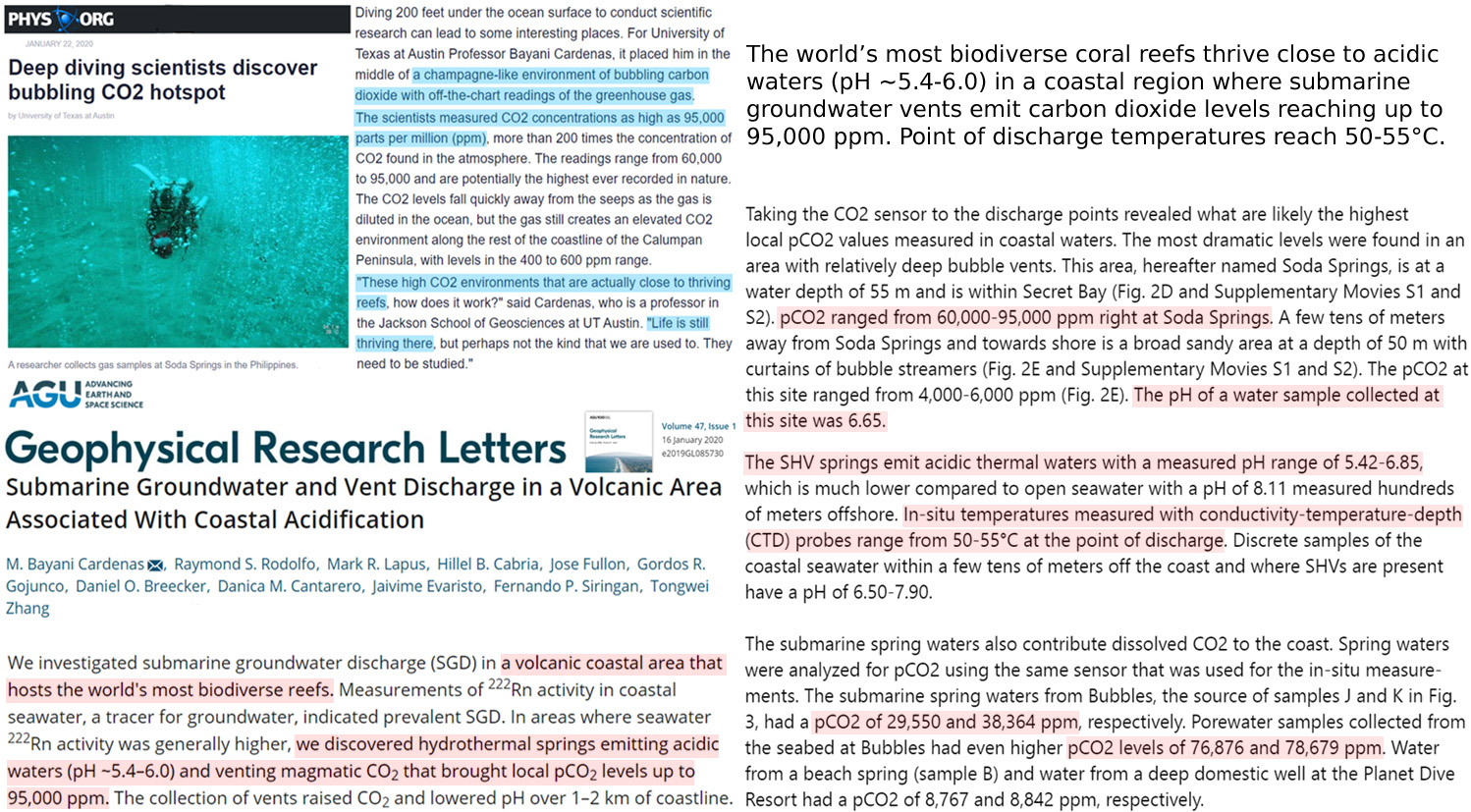03.30.2020
New Study: Coral Reefs Thrive Near Acidic Waters (pH ~6.0) Where Seafloor Vents Emit Up To 95,000 ppm CO2
Though it’s believed the 130 ppm increase in atmospheric CO2 concentration since 1750 has caused the ocean waters to “acidify”, on a daily basis 50-380°C metallic acid enriched by CO2 concentrations reaching 60,000 to 95,000 ppm pours through seafloor vents. Nearby coral reefs “thrive” in these high-CO2 conditions.
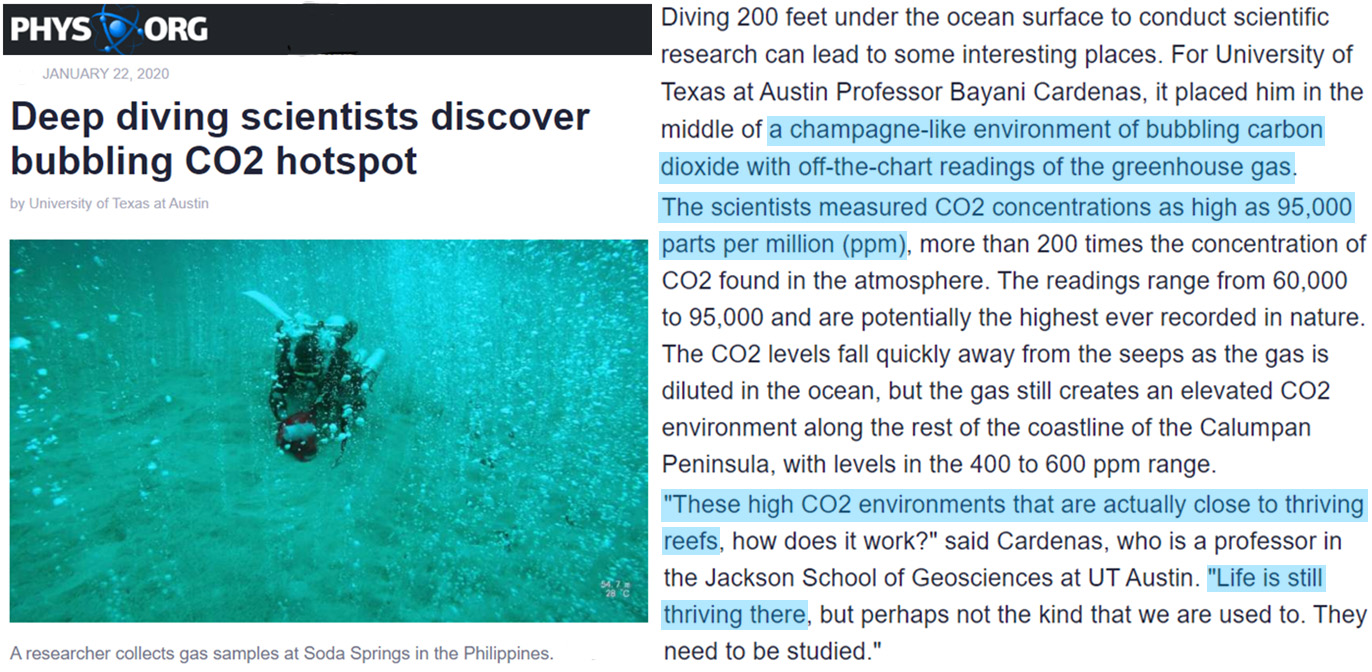
Image Source: PHYS.ORG
50 times more CO2 in the oceans than in the atmosphere Though many believe humans are “acidifying” the oceans by burning fossil fuels and emitting CO2, the ability of humans to impact the oceanic CO2 concentration is already compromised by the observation that the ocean waters contain about 50 times more CO2 (38,000 vs. 750 PgC) than the atmosphere does (North et al., 2014).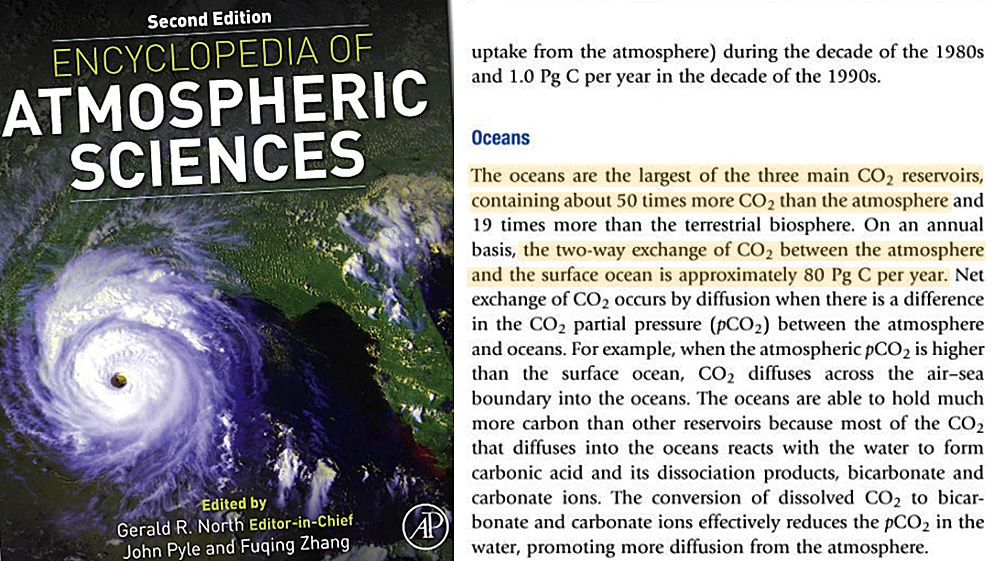
Image Source: North et al., 2014
The oceans’ main CO2 source What’s the source for the oceans’ much higher CO2 concentrations? On a daily basis, “numerous” volcanic eruptions with “astounding values” of liquid CO2 pour through the oceanic seafloor. The temperature of the acid spewing into the ocean reaches 103°C to 380°C (Kelley, 2017).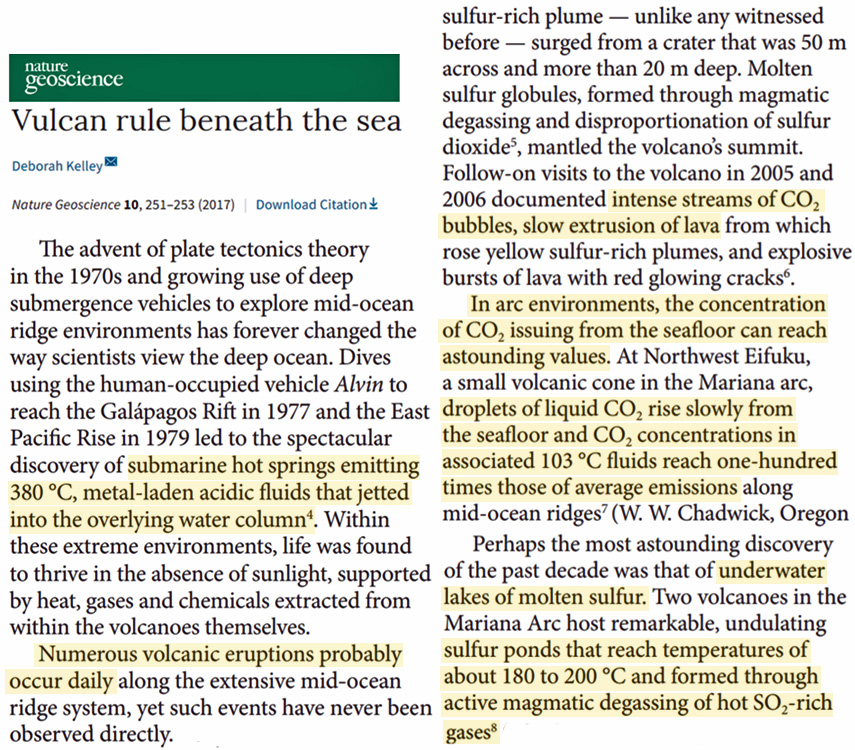
Image Source: Kelley, 2017
How much CO2 is spewed into the ocean by seafloor volcanism? Mid-ocean ridge volcanism is the “key contributor” to the CO2 flux from the Earth’s mantle to the sea surface. It has previously been observed that the acid pouring into the abyssal ocean from seafloor volcanism may contain about 9,000 to 57,000 ppm CO2 concentrations (Helo et al., 2011).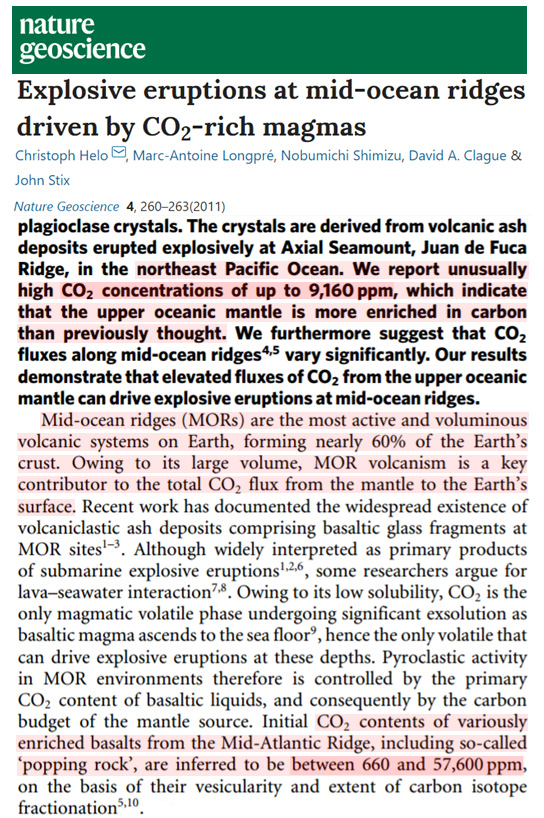
Image Source: Helo et al., 2011
A new study of a “bubbling CO2 hotspot” But even 57,000 ppm CO2 concentrations may be an underestimate. Scientists have found groundwater reaching temperatures of 50-55°C bubbling up from seafloor with CO2 concentrations ranging from 60,000 to 95,000 ppm (Cardenas et al., 2020).